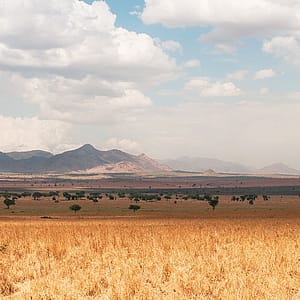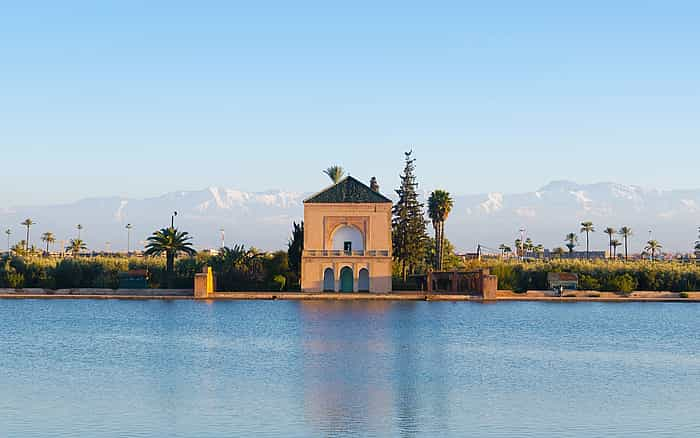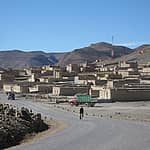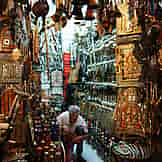Between Marrakech and Essaouira, the town of Chichaoua is situated on a main highway.
My suggestion:
It's an ideal place for discovering how those traditional carpets are woven.
My review
Chichaoua is known for its deep red carpets, patterned with black motifs representing people or animals. I was able to visit a weaver's workshop. Only natural pigments are used in the dying process. It's women who carry out the weaving, with the help of traditional tools; I can assure you they're not easy for a novice to use, as I got to have a go myself.
Most of these workshops were built in the 30s, due to French demand: the carpets were principally made for the interiors of European homes. But the history of Chichaoua is equally linked to that of sugar, highly valued in the region and throughout Morocco: taken in mint tea, of course, but also used in the famous Moroccan pastries (cabourzel, briouats, chebbakiya... )
I'd advise you, while you're in Morocco, to visit the remains of an aqueduct, 3 km from Chichaoua, which used to irrigate the great sugarcane plantations. I learned that at the time, sugar was actually used as a currency during the construction of the palace.
![Travel to Uganda]()








